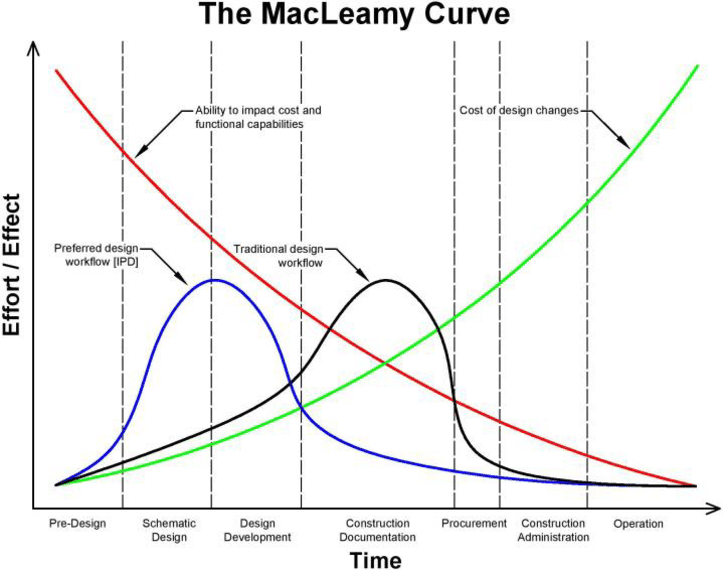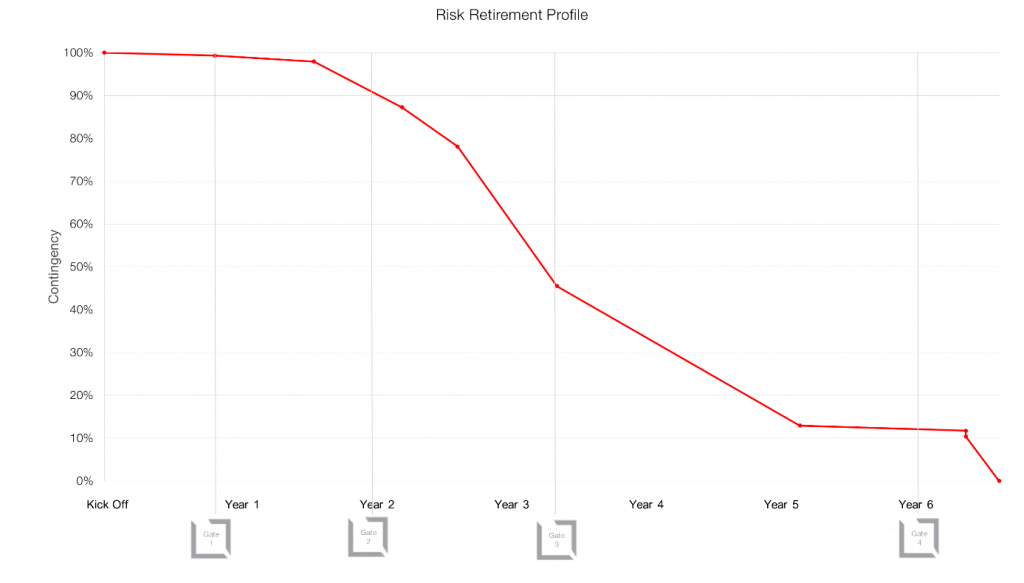Effective Contingency Planning and Allocation in Theme Park Project Management: Developing a Risk Retirement Profile
Today’s large-scale theme park and resort developments can easily come with price tags of more than $1 billion. This means these mega projects must anticipate contingencies, or provisions for unexpected circumstances, into the range of hundreds of millions of dollars. As we’ve seen with the coronavirus pandemic – albeit on an extreme scale – if […]
Today’s large-scale theme park and resort developments can easily come with price tags of more than $1 billion. This means these mega projects must anticipate contingencies, or provisions for unexpected circumstances, into the range of hundreds of millions of dollars.
As we’ve seen with the coronavirus pandemic – albeit on an extreme scale – if not properly planned for, unexpected events can stop projects in their tracks. The good news is, comprehensive theme park project management practices can help ensure stakeholders are able to bring their full visions to life and make the most of their substantial investments.
At nFusion, we’ve found that developing and utilizing a Risk Retirement Profile throughout the years-long development process to evaluate risk, execute mitigation, and guide strategic contingency reallocation is highly effective.

To successfully plan for contingency, it is important to understand the impact of timing on risk and cost management. As a development progresses, implementing changes not only becomes a significantly more complex and expensive process, but it also becomes less likely that these changes will impact cost efficiency and other aspects of the project.
The concept is illustrated by the MacLeamy Curve, proposed by Patrick MacLeamy. This features a visual representation of a project team’s ability to impact cost, which continues to decrease over a project’s life cycle (see the red line below).

While the MacLeamy Curve focuses specifically on the design effort and the benefits of front-loading design decisions, the philosophical principle has been embraced by project managers and construction managers alike and can be applied to different aspects of development.
At nFusion, we draw on this principal throughout the theme park project management process. That said, we shift the focus from the ‘ability to impact cost’ to a proactive ‘ability to mitigate risk,’and conduct a continuous evaluation of a project’s progress, budget, and exposure to risk to guide strategic contingency expenditure.
It is essential to address risks and manage costs with a holistic perspective from the earliest stages of project pre-development to the final touches of pre-opening. With potentially millions in contingency, the ability to reallocate this sum throughout the long development process provides the project team with more power to directly impact the cost of the destination and in some cases, expand the scope with strategic capital reinvestment.
Contingency can be used cover budget deficits, errors, required changes, and added scope. That said, without a plan of when and where to spend contingency, the project risks creating budget deficits or losing out on income-generating guest experience.
This is where a Risk Retirement Profile comes into play, because as a project progresses, certain key risks are retired through the completion of design, procurement, production, construction, installation, and close out.
Projecting contingency usage produces a roadmap for reinvestment at key points of the project. By quantifying this principle with up-to-date project information, we are able to expand the concept from a visual diagram to a numerical decision-making tool.
A Risk Retirement Profile can be developed specific to a particular project by assessing the project’s budget, key risks, and key schedule milestones.
First, each risk is quantified with a potential budget impact. The calculated contingency amount then provides a recommendation of the expenditure limit for each risk that the project faces. This can then be tracked against the overall project contingency budget.
As project tasks are executed, the actual cost expenditures are assessed, and associated risks are retired. This allows for the release of predetermined amounts of contingency to either address deficits or to reinvest.
At nFusion, we apply a Four-Gate process to theme park project management marked by phases of determining project feasibility, deliverability, buildability, and operability. Within these Gates are predetermined minor pacing milestones. After a risk is retired, the impacts on the Risk Retirement Profile is recalculated and the project team then proceeds towards the next Gate or milestone.
For example, a key milestone in an international themed entertainment development is the procurement of the local general contractor. If the bids come in over budget, we are well positioned with an up-to-date Risk Retirement Profile to determine how much a project can draw from its contingency, while still allowing enough to get the team across the finish line. Conversely, of the bids come in under budget, we can determine how much can be safely reinvested into revenue-generating program elements.
Across the project lifecycle, these risk values and the dates on which they occur begin to piece together a timeline of project costs and reallocations. The relationship between the contingency allocation and the timeline of a project is illustrated below:

As a component of theme park project management, the Risk Retirement Profile utilizes up-to-date project data, such as budget, schedule, and assigned risk values to provide a metric to measure contingency expenditure across the entire project lifecycle. When the project stakeholders are aligned across key risk milestones, they increase their chances of delivering the best value for the investment.
With this tool, the project team is able to shift from a reactive stance to a proactive usage of contingency. Without a proactive approach, a project may fall into common pitfalls of overextended budgets or underutilized capital.


